Anglers Booking Team
The expert copywriters at Anglers Booking have meticulously crafted this article. Our dedicated team of writers provides valuable insights and information to enhance your angling experience.
 10 minutes read
10 minutes readThe Largemouth Bass is a highly popular fish. Of course, that is for good reason. It puts up an intense fight and moves fast. However, to successfully catch this fish, you need an effective lure that is appropriate for the season and the type of water you are fishing in.

Also, it's important to understand and consider the mood of the fish when fishing. Some lures are more effective in warm water, while others perform better in cold or murky conditions.
In the section below, we will show you the best lures for Largemouth Bass. We will analyze all of them and explain how they work. You will find out when to use them. With the best lure, you'll have a better chance of landing a big one. So, now it's the right time to start our little trip.
Largemouth Bass are wise and cautious fish that do not strike at just anything. Their behavior is shaped by water temperature, light, food, and oxygen levels. To catch them consistently, you need to know where they hide and when they feed.
Fishing for Largemouth Bass is not just a matter of luck; it requires planning and awareness. Once you understand how these fish behave, you will be able to choose the effective lure and method to improve your success.

Largemouth Bass live in warm, calm waters. You can find them in lakes, ponds, rivers, and reservoirs. They like places with cover, like weeds, rocks, logs, or docks. Largemouth Bass use these spots to hide and wait for food. They do not like strong currents. Instead, they stay in quiet areas with slow water.
Many anglers confuse Largemouth with Smallmouth Bass because the two species look alike, but Smallmouths usually prefer cooler, rockier waters and stronger currents.
Largemouth Bass are most active when the water is between 60°F and 80°F. In cold water, they move more slowly and eat less. In hot water, they go deeper to stay cool. They also change spots during the day, moving with the light, temperature, and pressure of anglers.
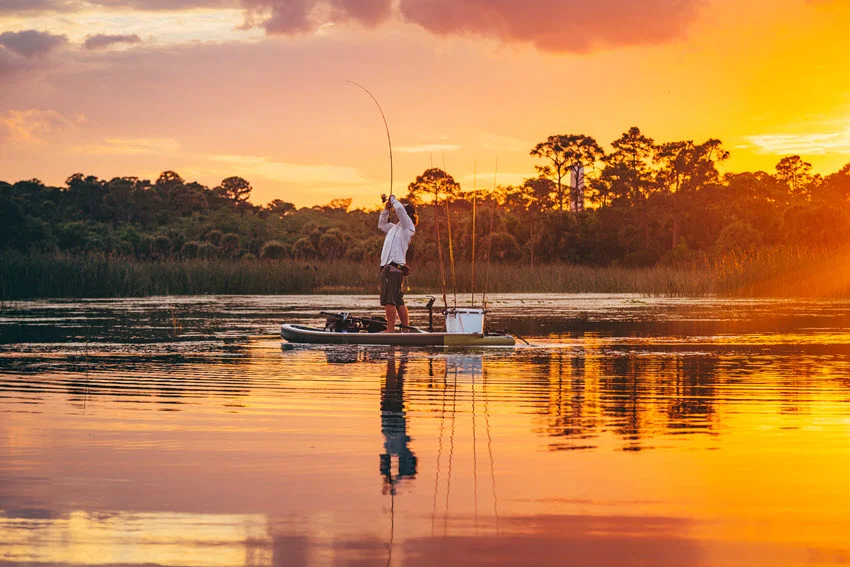
Largemouth Bass behavior changes with each season. Temperature, light, and food all play a role. To catch more fish, change your approach as the seasons shift. Bass move to different spots, feed in various ways, and respond to other lures. Knowing what to expect each season will help you stay one step ahead.
If you respect seasonal patterns, you can align your strategy with Largemouth Bass behavior. Even minor seasonal adjustments can turn a quiet day into a successful outing.

It is important to know where Largemouth Bass live. This fish thrives in a variety of water bodies, from small ponds to large lakes and slow-moving rivers. Each place is different, so be sure to match your lure to the spot. Knowing what works best in each setting will help you catch more fish. Here's where to look and what to use:
Knowing each type of water helps you pick the effective lure. It also shows where Bass likes to hide. When you know this, you fish smarter. You will catch more Largemouth Bass and enjoy your time on the water.
Choosing the effective lure for Largemouth Bass depends on water depth, cover, and the fish's activity level. Some lures are better in shallow water. Others shine in deeper spots. Largemouth Bass behavior also changes with the season and time of day. That's why it's smart to keep different lure types ready. Below are some of the top lures every Bass angler should know and use.

Spinnerbaits are great for many fishing situations. They work well in both shallow and deep water. You can use them with a steady retrieve or add extra motion. These lures don't get stuck in weeds easily, which makes them perfect for fishing around heavy cover. Every Largemouth Bass angler should keep a few in the tackle box.
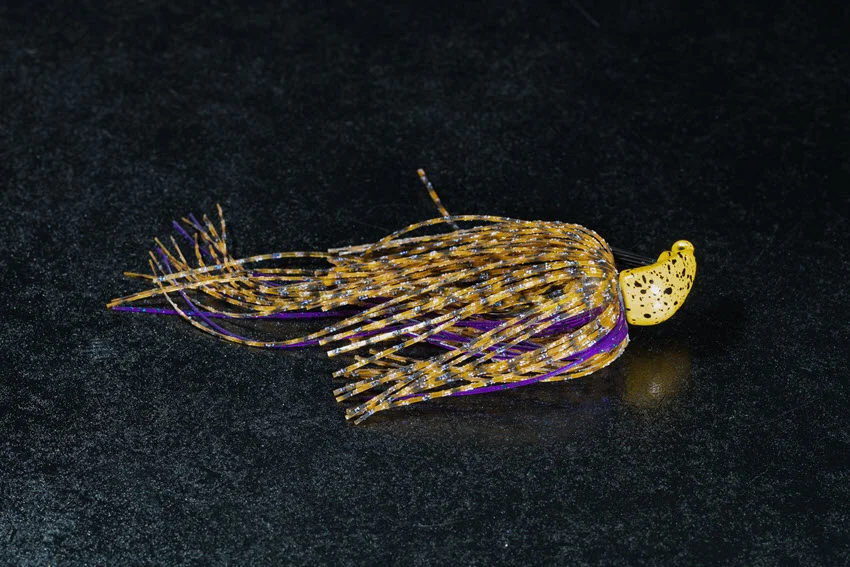
Chatterbaits resemble spinnerbaits, but they feature a metal plate near the hook that creates sound and vibration, making them effective in murky water. Also, they are effective when Largemouth Bass are feeding aggressively. They work best in shallow water, but you can use them in many conditions.
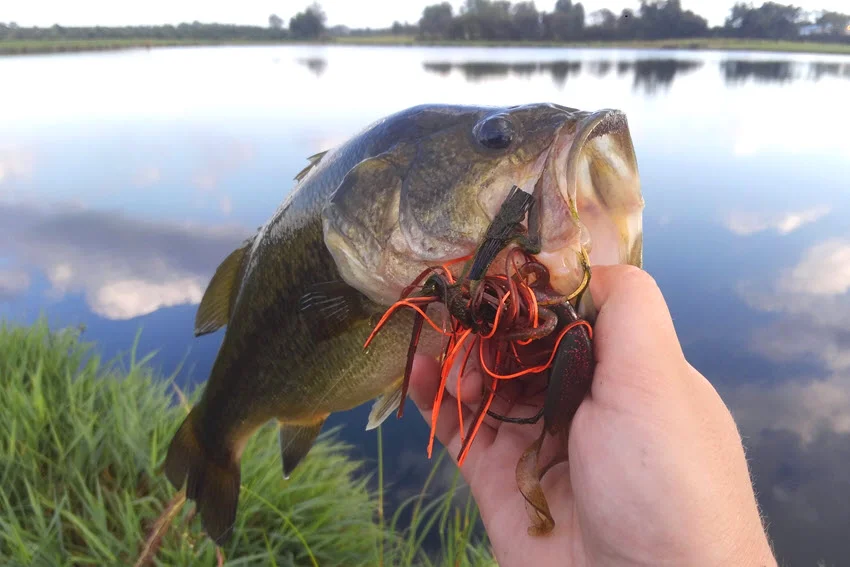
Soft plastics include worms, crayfish, and small baitfish shapes. They can be rigged in many ways, like with jigs, Texas rigs, or Carolina rigs. These lures are suitable for slow fishing or more aggressive styles. Use wide gap hooks to get better hooksets. Soft plastics are very popular because they can match a wide variety of prey.
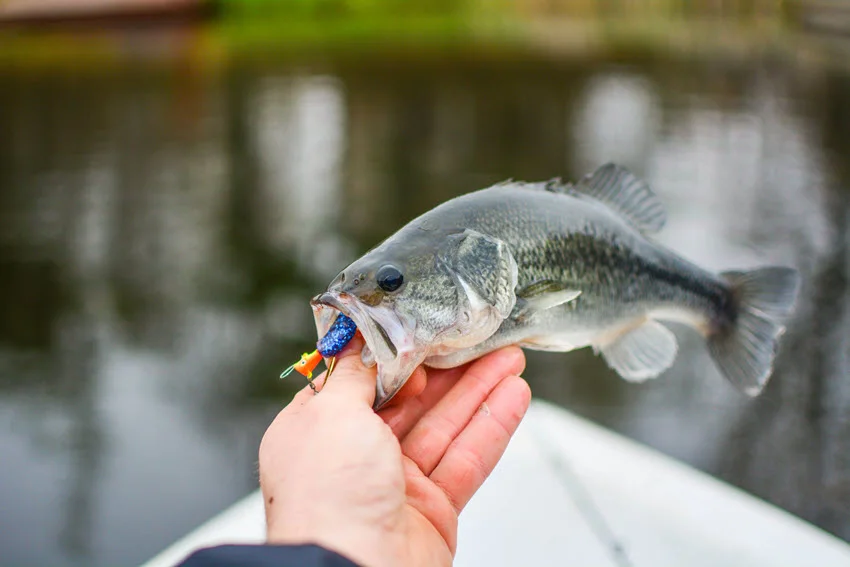
Swimbaits are great when Largemouth Bass are hunting baitfish. You can find them in hard or soft versions. Hard swimbaits often feature joints and exhibit a lot of action. Soft ones can be used with jig heads and swim naturally through the water. These lures are suitable for targeting big, aggressive Bass.
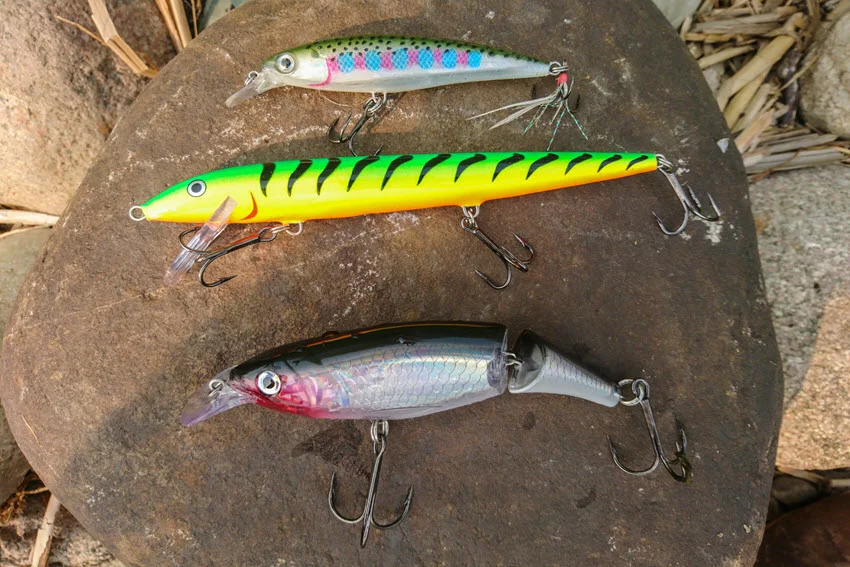
These are hard-bodied lures, often designed with lips that help them dive and create realistic movement in the water. Jerkbaits and stickbaits are most effective in shallow to mid-depth areas, while crankbaits are built to reach deeper zones. All three are excellent for cast-and-retrieve fishing and can also be used for trolling. They are reliable options that often trigger aggressive strikes from Largemouth Bass.
When fishing for Largemouth Bass, it is crucial to use an effective technique. Different lures are most effective when used with specific methods. Knowing how to present them makes the most significant difference. Below are the most effective Largemouth Bass fishing techniques with lures. Let's go!
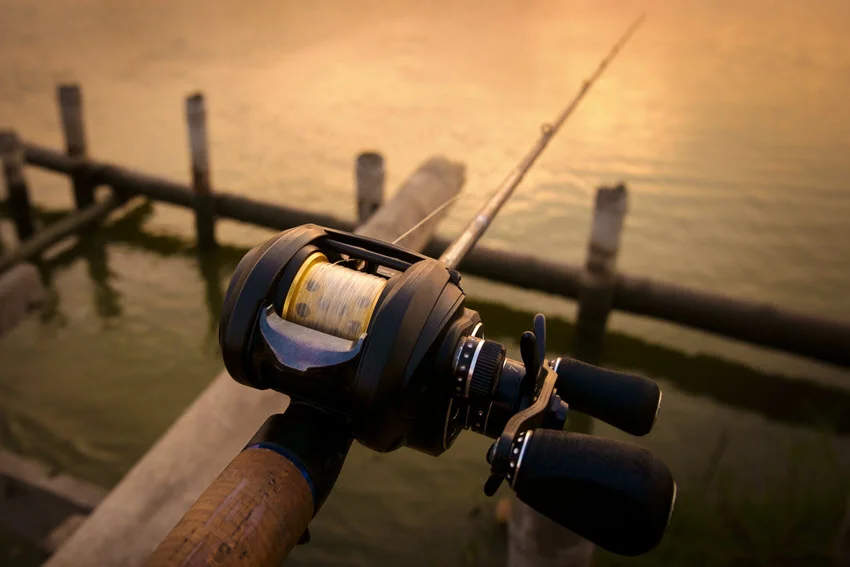
Largemouth Bass don't always strike hard; sometimes, you need a gentle touch. Use light jig heads or suspend a worm under a float. Slow, vertical moves work best when fish are shy. This method requires a steady hand.
When using finesse techniques, focus on precision. Clear water and colder temperatures are perfect conditions for this style. The goal is to make your bait look as natural and unthreatening as possible, encouraging even the most cautious Largemouth Bass to bite.
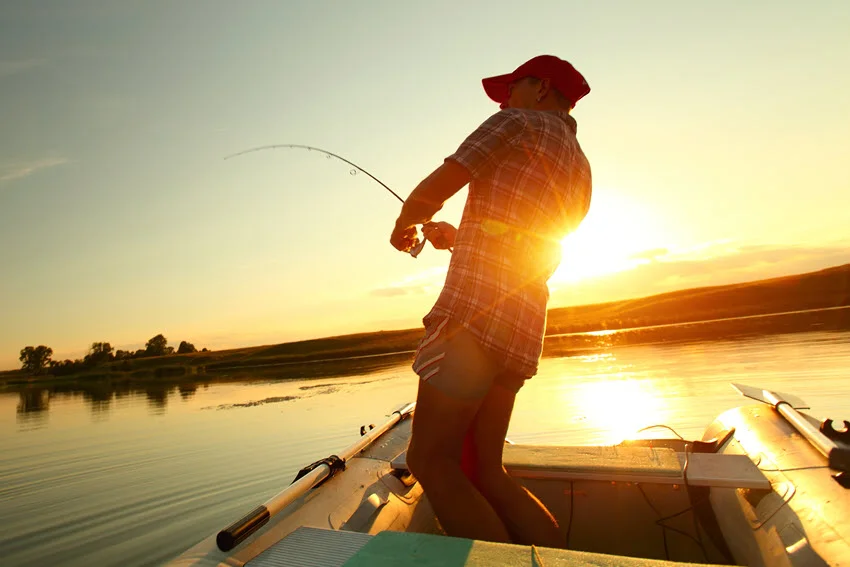
When the Largemouth Bass is active, use quick movements. Bounce or sweep your rod tip to add extra action to the lure. Crankbaits and jerkbaits work great for this style. It is aggressive and can provoke strong strikes.
You can fish by this method in warmer water or during feeding windows when Largemouth Bass are chasing prey. By varying speed and direction, you can create sudden bursts of movement. That will excite Largemouth Bass into striking.
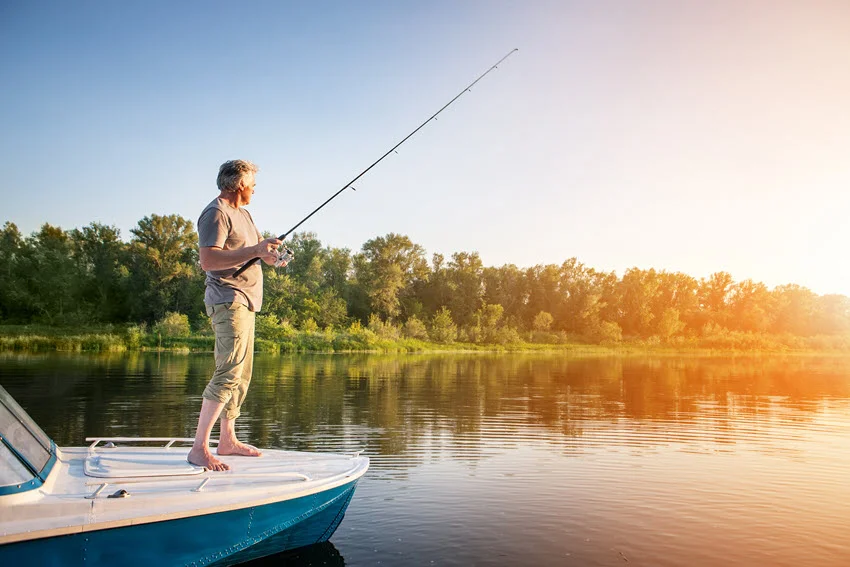
Sometimes, steady and smooth is the way to go. Spinnerbaits and chatterbaits move naturally without much rod action. Cast out and retrieve at a steady pace. You can also troll slowly to cover more water.
Slow-rolling is especially effective in deeper water or around structures where Largemouth Bass hold tight. By keeping the lure close to the bottom, you mimic a steady-swimming prey item that appears to be an easy meal. It's a reliable approach that can tempt Bass when other techniques fail.

Understanding fishing regulations and ethical practices about specific fish species protects fish populations and ecosystems and promotes responsible angling practices.
Anglers Booking team
Fishing for Largemouth Bass must be done responsibly. Following local laws is required. There are rules to protect Largemouth Bass populations and keep fishing sustainable. In Florida, standard regulations include daily catch and size limits. Seasonal restrictions are often in place. Some areas have special catch-and-release zones. In some places, using barbless hooks is encouraged or required to reduce harm.
When handling fish, you need to be careful. Your hands must be wet before touching the Largemouth Bass. This way, you avoid damaging its natural layer. Gently remove the hook and release the fish quickly back into the water. If you keep fish to eat, you must follow local limits and dispatch them humanely. Don't fish in spawning areas during the breeding season.
Before you fish, it is essential to know the local regulations. Rules may change by state, water body, or season. When you are informed, you can fish legally. Respecting these practices keeps fishing fun and available.
If you want to catch Largemouth Bass, it is important to use the tips from our guide. Choosing the best Bass bait for the water and season will lead you to fishing success. Using the best fishing method also makes a big difference. Largemouth Bass fishing needs patience, which is one of the preconditions for success.
What is your favorite lure for Largemouth Bass fishing? Which one has worked best for you? We are happy to see your answers and experiences.

The expert copywriters at Anglers Booking have meticulously crafted this article. Our dedicated team of writers provides valuable insights and information to enhance your angling experience.
Embark on unforgettable fishing adventures with us at Anglers Booking.
book your charterOctober 17, 2025
October 15, 2025
October 10, 2025
October 11, 2025
October 4, 2025
September 29, 2025
September 25, 2025
September 21, 2025

You're now part of our exclusive community. Get ready for premium content and updates straight to your inbox.
close
Subscribe to our newsletter and receive a selection of cool articles every week.
Please enter a valid email address.

Be the first to know when we're back in action.
Please enter a valid email address.
Leave a Comment
Your email address will not be published. Required fields are marked *
Thank you for your comment! It has been submitted for review and will appear on the site shortly.